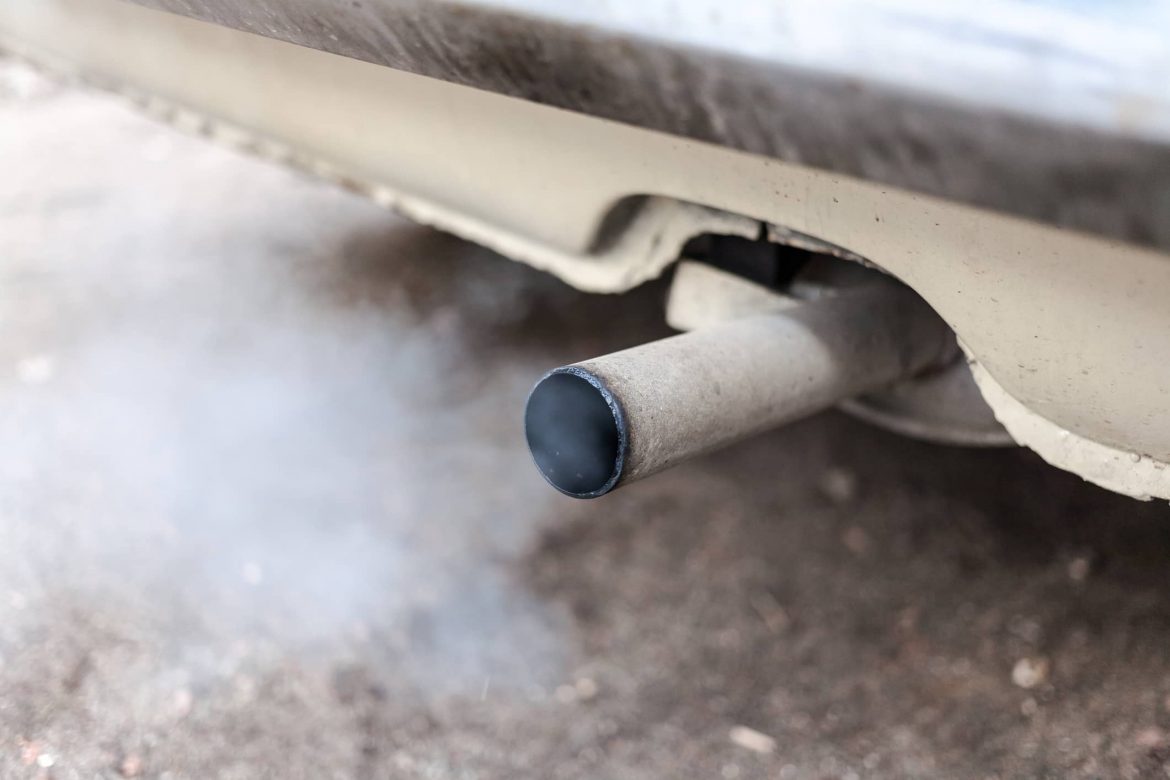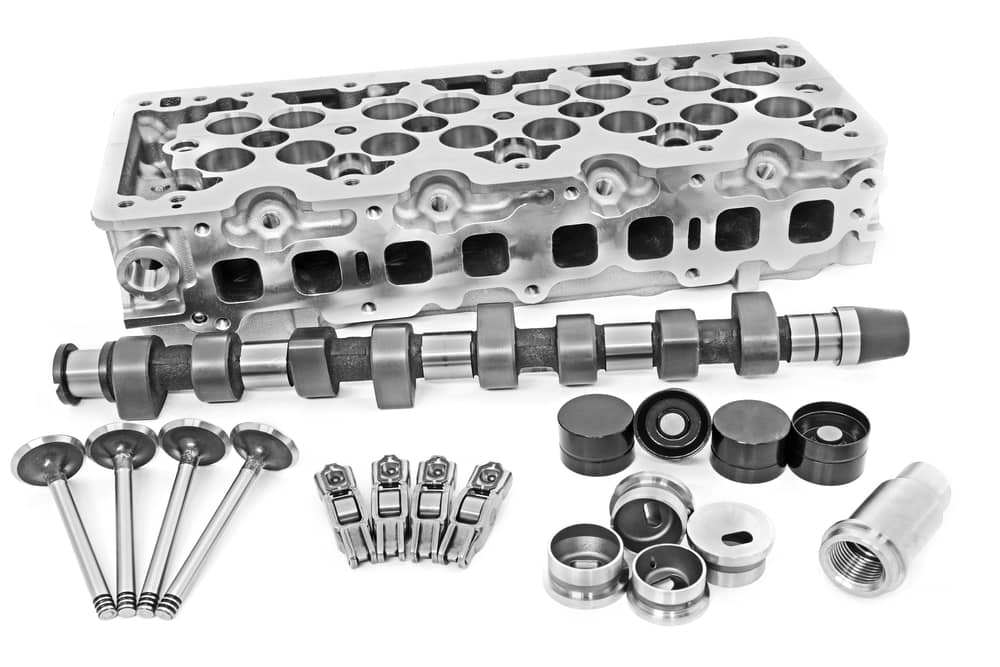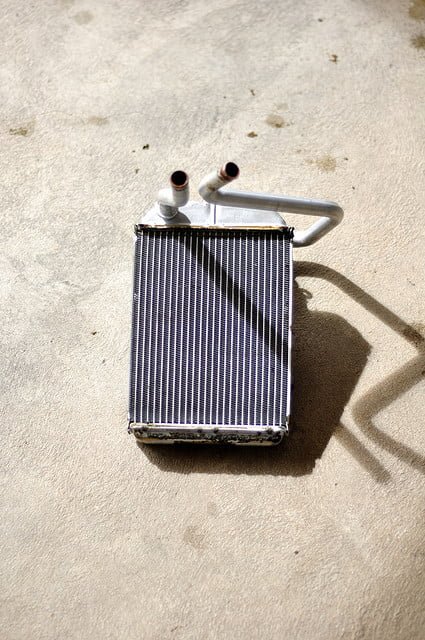 It is wise to try understand as much as you can about the head gasket in your car before you attempt to replace or repair it. Understanding why the engineers designed things the way they did and how the original manufacturing facility put things together will help you make a smart diagnosis and develop an appropriate repair strategy. Doing all this can help you avoid being taken advantage of by repair shops and keep your vehicle running better for longer.
It is wise to try understand as much as you can about the head gasket in your car before you attempt to replace or repair it. Understanding why the engineers designed things the way they did and how the original manufacturing facility put things together will help you make a smart diagnosis and develop an appropriate repair strategy. Doing all this can help you avoid being taken advantage of by repair shops and keep your vehicle running better for longer.
What is a head gasket?
It is as simple and as complicated as the gasket between your engine block and head. Anywhere two components are attached on your engine there has to be a gasket between them. Almost all of the components bolted to your engine block, like the heads, intake and exhaust manifold, oil pan, or valve covers are designed to help direct and contain the flow of air, coolant or oil. If you bolted the two components together without a gasket there would always be a small amount of fluid or air that would be able to escape through tinny cracks or inconstancies in the surfaces of the two components. If you put your engine together without any gaskets you would be overwhelmed with leaks and it would make a very inefficient system.
Your head gasket is no different in purpose than the other gaskets in your engine. It is designed to keep coolant in the cooling passages around the outside of the cylinders, and air and combustion gases inside the cylinders. The reason your head gasket is so critical to your engine’s performance and safety is that it is actually sealing the cylinders where the real work is done in your engine. If combustion gases are not properly sealed inside the cylinder then they cannot exert the maximum force on the piston, but instead energy is wasted pushing those gases into the cooling passages of your engine. Also, if coolant is pulled into the cylinder through your broken gasket it can cause your vehicle to overheat and run poorly causing more damage elsewhere.
Since the head gasket in your engine has such a demanding job it is the most sophisticated gasket in your vehicle. Head gaskets are often made from multiple layers of different materials to help the gasket seal perfectly, last through extreme temperature swings and be strong enough to withstand the pressures exerted on it. Many advanced gaskets have coatings of Viton or copper to help with sealing and contain layers of stainless steel or other metals to provide the strength needed.
Understanding the construction and purpose of a gasket can help you understand where it may fail. One of the main purposes of a head gasket is to keep the coolant where it should be. Coolant circulates through your engine block, cylinder head, and sometimes even your intake manifold to help keep things cool and temperatures uniform in your engine. There usually is a relatively thin wall between the cylinder and coolant in your engine to help allow the heat from combustion to be transferred to the coolant. This also means that the area of the gasket that is between the cylinder and coolant passages is relatively thin as well. This is the most common area for a gasket to fail due to the large temperature variations. If you have a failed or blown head gasket, you will experience some or all of the symptoms.
How do I fix a broken gasket?
You may consider simply repairing the small break in your current head gasket. This can be simply and easily done using BlueDevil Head Gasket Sealer. After flushing your cooling system and removing your thermostat, simply add BlueDevil to your cooling system. Once BlueDevil Sealer reaches the break in your gasket, the temperature differential between the cylinder and the coolant will cause the head gasket sealer to solidify into a chemical weld that will bond to your engine block, head, and the remaining part of your head gasket sealing the leak and returning your engine back to normal operation.
BlueDevil Products can be found on Amazon.com or at AutoZone, Advance Auto Parts, O’Reilly Auto Parts, NAPA, and other major auto parts retailers.
2 responses to "What is a Head Gasket?"
2 Comments
Leave a Reply
Related Articles




Had head gasket replased. When they were cleaning it, the noticed the lower intake manifold was craked. Said would be $300 more. Isn’t the manifold part of replacing the head gasket
Maxine-
No, having the head gasket replaced would not necessarily mean replacing the intake manifold, unless the mechanic noticed something was cracked during the head gasket replacement. Are you noticing a loss of water/coolant? Feel free to contact our technical support line at 888-863-0426 with any other questions.
Thank you!
-BDP